
by Lara Land | Feb 6, 2023 | BOOKS, COACHING, COMMUNITY, LAND BLOG, LARA LAND, Self Improvement, SELF-IMPROVEMENT
I first started working with Besty Polatin when she was my Alexander teacher at Boston University where I was studying Theater.
Alexander Technique was one of the solid handful of body-based models I strongly attached to during my time at University and which pulled me in the direction of body-mind healing as a profession and core interest in my life.
Besty’s interpretation of the Alexander Technique and emphasis on doing less caused me to look at my life in a new way. I started questioning the busy work I was hiding behind and began focusing on actions that birthed larger results and left more space in my life. I also began to realize where I wasn’t taking responsibility in my life and shift that dynamic.
To this day I do Alexander Technique exercises and use the guiding principle of doing less in my yoga poses and classes. I will often ask my students what tensions they can eliminate while still keeping the shape of the yoga pose.
What I didn’t know during my Boston University years was that Betsy Polatin’s body of work contained so many more modalities and eventually culminated in her own framework which she describes in her book Humanual. Betsy uses breathwork, centering, somatics, and other techniques all with trauma sensitivity. Her fresh and impactful look at trauma and the artist has made her a go-to for all kinds of artists and performers seeking to get unblocked and fully express themselves. She even has a course on trauma and the artist with Somatic Experiencing founder, Peter Levine.
Betsy and I discuss all of this in the latest episode of the Beyond Trauma Podcast and conclude one thing is certain: Bodywork isn’t about the body at all. It is human work, capable of releasing all types of trauma.

by Lara Land | Jan 29, 2023 | BOOKS, COACHING, COMMUNITY, LAND BLOG, LARA LAND, Self Improvement, SELF-IMPROVEMENT
I was honored last week to speak on Adam Keen’s Yoga and Mental Health panel with many esteemed colleagues including Eddie Stern, Shanna Small, and Gregor Maehle. Each of us were asked to speak on a specific topic. The question I was asked to address was the role of touch in yoga and if it could be therapeutic. Below are some of my thoughts on this very sensitive topic. As you will see I decided to focus not directly on that question but on the topic of touch and boundaries and their origin to give folks more of a context and the information they can use to make their own decision.
Where does our sense of boundaries come from?
Our first sense in the embryo is the sense of touch. It begins at our nose tip and grows throughout our largest organ, our skin. Soon we begin to move around inside the womb. It’s there that we first discover the sense of what is me and what is outside of me. Later, when we are little and begin to crawl, we experiment with boundaries by moving away from and back to our primary attachment figure, a figure so important to our development.
The primary attachment figure provides us with essential eye contact, appropriate reactions, and… you know it… touch. Touch is so necessary that we can not grow or heal without it. With it, our colds go away faster and we are generally happier. During the conference, I shared my personal stories of experiencing touch deprivation during my first year of college and again during the pandemic. What can I say… I’m a hugger!
Touch is wonderful and necessary, however, there are some real questions as to whether it can be totally consensual in a yoga classroom setting where it’s hard to argue that there isn’t some power imbalance, no matter what the teacher does to try to even that out, and a desire on the student’s part to please their instructor. Also, when it comes to the powerful physical adjustments often associated with Ashtanga Yoga, they are clearly designed to push us past our body’s natural and necessary boundaries which is problematic, especially from a trauma sensitivity framework.
Trauma survivors, in particular, have many issues around safe boundaries since those were often violated during the traumatic event or events. In addition, the trauma response inhibits the prefrontal cortex which is the part of the brain that regulates our social relationships, signaling what is appropriate and inappropriate. The fogging of this part of the brain can cause survivors to have very leaky and confusing boundaries. This is further magnified by the very frequent trauma response instinct to try to recreate the conditions of the traumatic event in order to respond to them differently. This, in addition to a common trauma survivor feeling that one’s life isn’t really theirs (disassociation), leads to unskillful boundaries and unnecessary risks.
Awareness of this phenomenon and the fact that almost everyone who walks into a yoga room is likely dealing with some kind of trauma or traumatic stress should make yoga teachers more, not less respectful of their student’s boundaries. Instead of pushing yoga practitioners past them with intense adjustments such as the ones we commonly see in the Ashtanga Yoga practice, instructors should validate, support, and celebrate boundaries and encourage their students to work at their edge and even back away from that edge to self-regulate as necessary. As Eddie Stern mentioned in his comments following my observations, a simple touch on the shoulder or hand on the back is enough to move prana and signal support. This is the kind of touch we should be considering as we hold space for our yoga students.
The subject of trauma sensitivity in yoga has been at the core of my work for the last twenty years and is summarized in my forthcoming book, The

by Lara Land | Jan 23, 2023 | BOOKS, COACHING, COMMUNITY, LAND BLOG, LARA LAND, Self Improvement, SELF-IMPROVEMENT
As a trauma-informed yoga teacher trainer and trauma sensitivity trainer, you would think that I would know and have expertise in every type of trauma.
That, however, is not the case. Definitions of trauma keep evolving and expanding to include survivors yearning to get their voices heard, and it is deeply important that we listen. It’s how a trauma survivor frames their story that is important and that needs to be acknowledged and believed.
Thenmozhi Soundararajan opened my eyes to the trauma of caste. Though I have spent years in India and was very aware of caste oppression, it wasn’t until her telling of it, that my understanding deepened into a bodily knowing of how traumatic the experience of being caste oppressed is and how much it still very much exists both in east Asia and here in the United States.
Caste oppression also involves religious oppression. It is taught in religious texts that certain castes are not allowed to read, speak or listen to. They are deprived of religion and taught it is due to their karma leaving many wondering what horrible thing they did in their past life. It is cruel and it must be acknowledged and stopped.
I am so grateful to activist and artist, Thenmozhi Soundararajan for sitting down with me to discuss the important topics of caste and religious trauma and how some of us are perpetuating this in yoga spaces even as we are trying to respect Indian culture.
Take a listen HERE and please don’t forget to rate and review!

by Lara Land | Jan 16, 2023 | BLISS BOOK BONUS, BOOKS, COACHING, COMMUNITY, LAND BLOG, LARA LAND, Self Improvement, SELF-IMPROVEMENT
I am so excited to announce that the pre-order bonuses for my forthcoming book,
The Essential Guide to Trauma Sensitive Yoga are now up! There are three bonuses: A Trauma-Sensitive Body Scan, TWO Bonus yoga Sequences, and an exclusive virtual Q&A with me a week after the book launch.
All of these are carefully created bonuses, but the ones I especially want to point out are the additional yoga sequences. What I really want to get across is that they really aren’t extra but were actually meant to be a part of the book. Because of this, I am hoping with all my heart that you will take advantage of the pre-bonus offer by purchasing your copy of The Essential Guide to Trauma Sensitive Yoga before its publication day, May 2nd.
The book is a compilation of over two decades of practicing and guiding trauma-sensitive yoga and teaching yoga teachers and other healing professionals how to share in these practices. It is for both yoga teachers and practitioners and will also support folks who are neither of these but are interested in stress reduction and connecting to their breath and bodies. It includes over 260 photos of yoga poses, many of them in chairs. These simple exercises will support anyone looking to release traumatic stress from their system.
Yoga teachers Kino Macgregor, Seane Corn, Dianne Bondy, and others have already read and reviewed the book. Check out their reviews and more about my first offering with Shambhala Publications and purchase your pre-order copy HERE.
CLICK HERE FOR 30% DISCOUNT ON
THE ESSENTIAL GUIDE TO TRAUMA SENSITIVE YOGA
DIRECT FROM SHAMBHALA

by Lara Land | Jan 9, 2023 | BOOKS, COACHING, COMMUNITY, LAND BLOG, LARA LAND, Self Improvement, SELF-IMPROVEMENT
There is often a sense that we have to heal alone, that our problems are ours that others can’t get, or that we wouldn’t want to sit around listening to other people’s issues.
Maybe we even think it might drag us down even more than we are. I know I had these thoughts even up until recent years when I’ve begun to dive into the power of collective healing and the impact of acknowledging and diving into the collective that we are undeniably anyway in.
There are a few ways that I’ve been exploring this in my work. A few years ago I started to deepen my knowledge of circling and how to create a circle which is also sometimes called council or many other names. I’ve since incorporated it into all my retreats and trainings. The collective knowledge that comes to the surface is so powerful Folks see themselves in each other, often recognizing parts they couldn’t previously put words to. They also feel the group hold and support them.
The power of the collective energy created in groups is undeniable. It’s why in the Jewish traditions there are prayers that must be done with others. We just can’t get the energy right otherwise. It’s also fair to say that we can’t heal alone. Healing is always in relationship. We learn in our interactions who and how we are. Without that, our idea of self is theoretical.
Sabrina Vedete Elmaliah knows this well. In her work she leads circles of women in womb healing using yoga, chanting, crystals, and nature immersion. We met in sauna at our friends at Steady Slope an AirBnB I highly recommend! My conversation with her is the latest offering on the Beyond Trauma Podcast. We explore group healing, energy work, womb healing and more!
If you are interested in circling and deep healing, join me for my Reemergence Retreat this March.

by Lara Land | Jan 1, 2023 | BOOKS, COACHING, COMMUNITY, LAND BLOG, LARA LAND, Self Improvement, SELF-IMPROVEMENT
It’s that time of year when many of us are taking a tally of our year and considering what we want to do differently in the next. Some are making sweeping grand resolutions while others make smaller shifts. Regardless of the size of your new year’s resolution, there is something major you should consider…
How you are going to remember it?
One of the biggest struggles folks have in keeping their new year’s resolutions is remembering to do them, especially when holiday time has passed and life gets busy. It’s not that we don’t want to, it’s just that we forget. Other things come up that distract us and we fall on our own patterns and habits which take less effort to think about and maintain.
How do we make our new goals stick long enough that they become habits we can’t forget?
One answer is to make the reminder for that new year’s resolution super simple and impossible to forget. You can do that by using a single word to trigger your memory and your body’s entire response.
Here’s how you do it. Take some quiet time to think about your resolutions. Ask yourself:
- What is at the core of what you want to create this year?
- What is the energy of the being you want to inhabit?
- What is the vibe you want to put out into the world?
Narrow it down to one word. See how that word feels in your body. Try a different one and compare. Find the word that most resonates with your intention. When you do, write it down. You can put it in multiple places such as on your mirror, in your planner, and on your phone. Let it be your mantra and constant reminder of your deepest intention. Stick with it for a while to allow it to work on your subconscious.
I’ve been practicing one-word resolutions for nearly two decades and found it one of my best go-to resolution practices. When Ezra Klein mentioned he works with single-word resolutions on his podcast I was sure it was something that needs to catch on!
What’s your word for this year? Share it with me in the comments!
Curious about more resolution techniques? Check out these blog favorites!
Want to go even deeper? Order your copy of My Bliss Book life-purpose planner which comes with an automated coaching program with over 25 of my top manifestation tricks and tips.
In the Catskills area? Join me for an Intention Setting Workshop Thursday, January 5th at Diamond Hollow Book Store. RSVP at biz@diamondhollowbooks.com
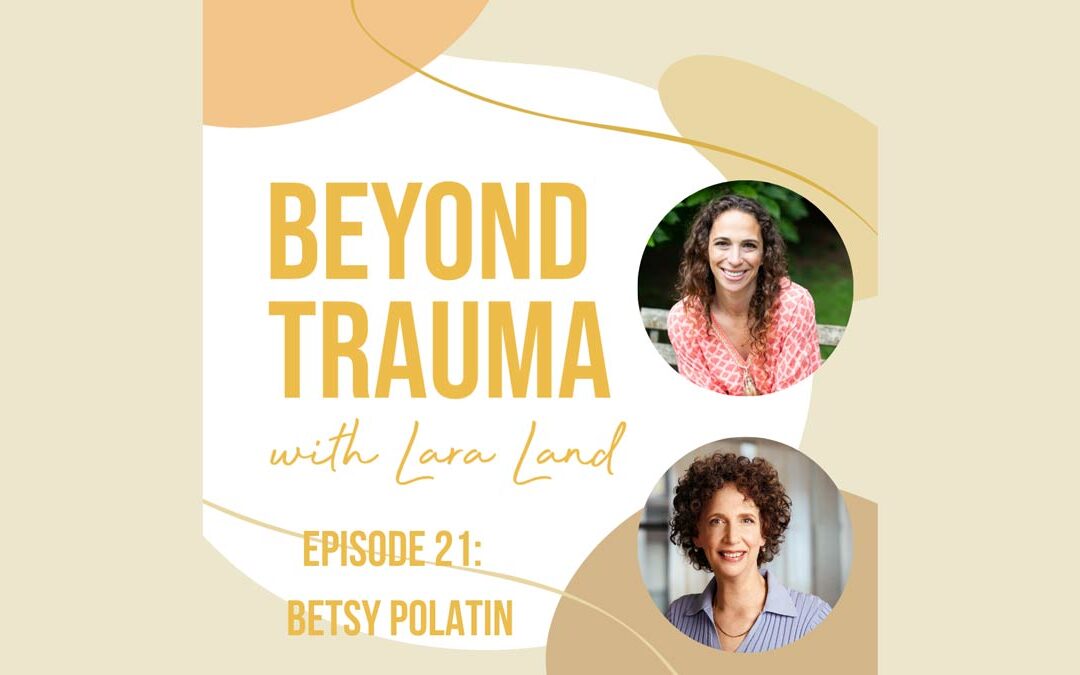
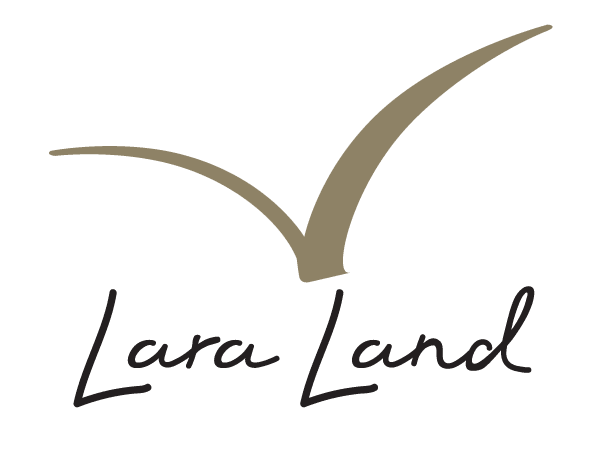
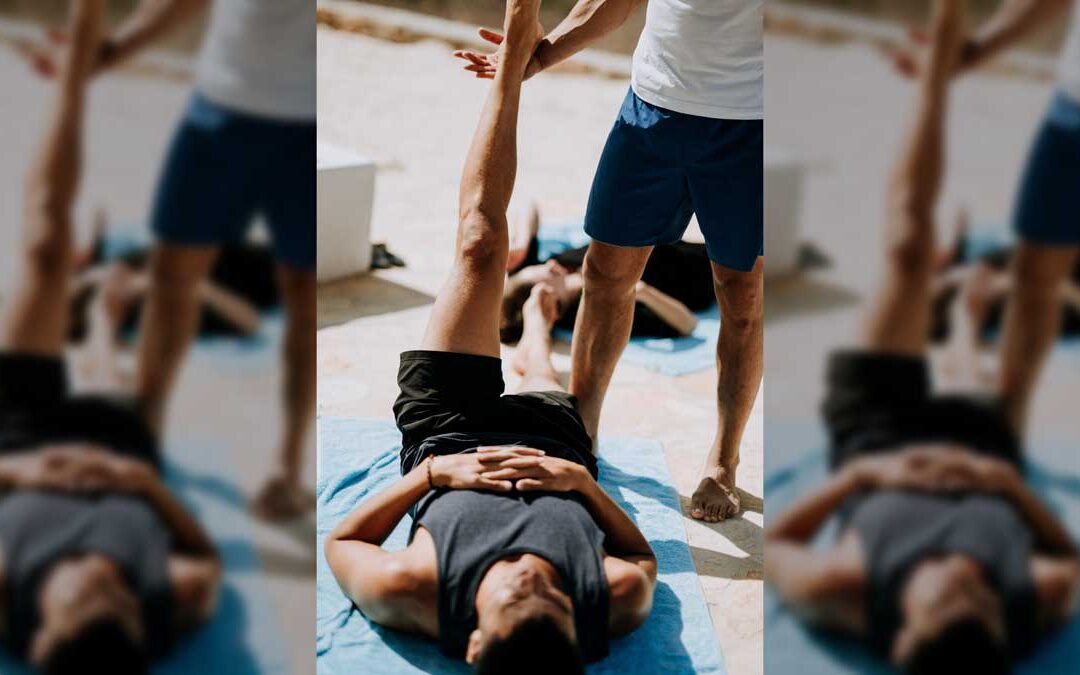
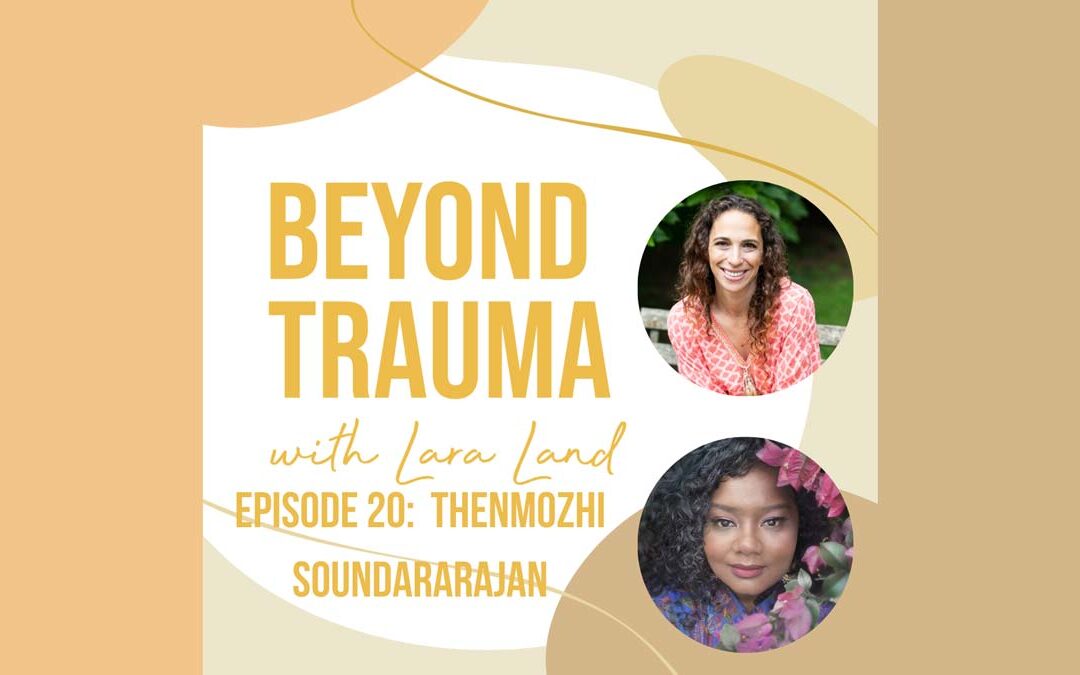
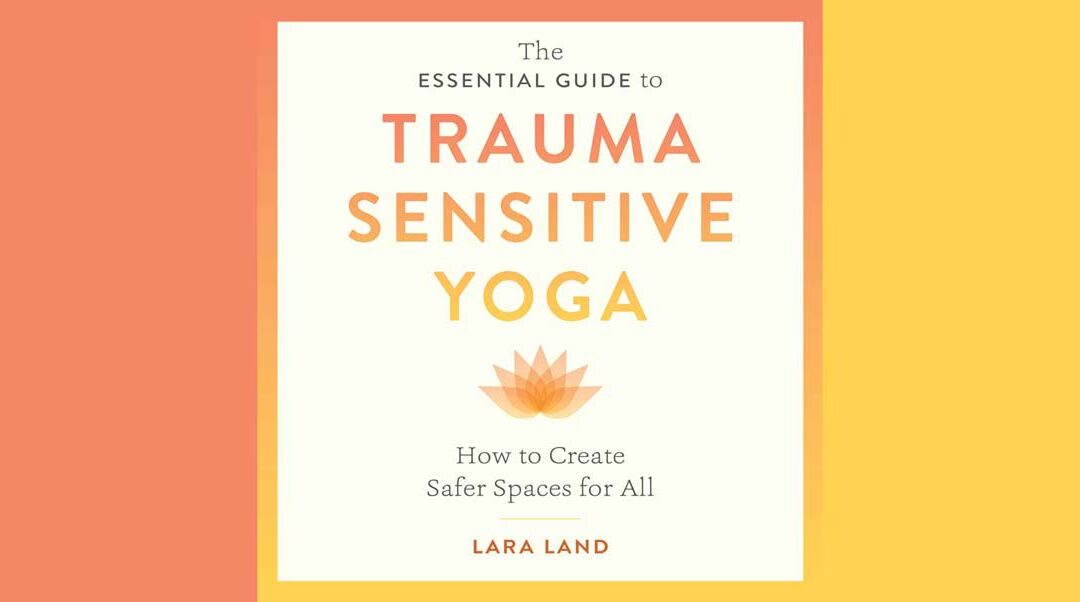
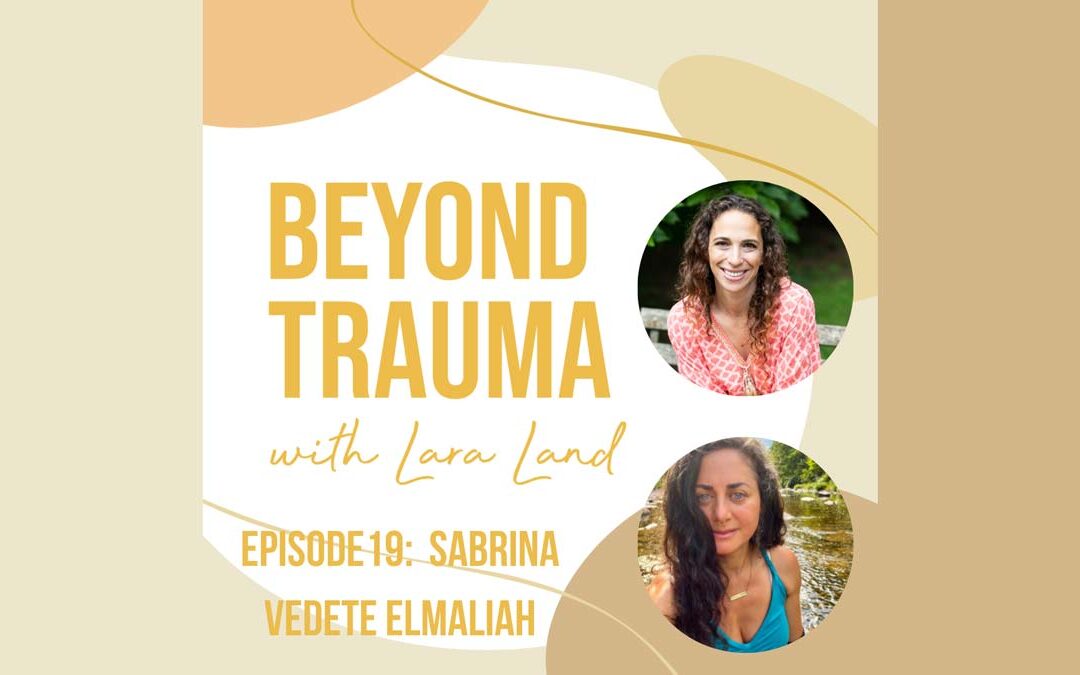
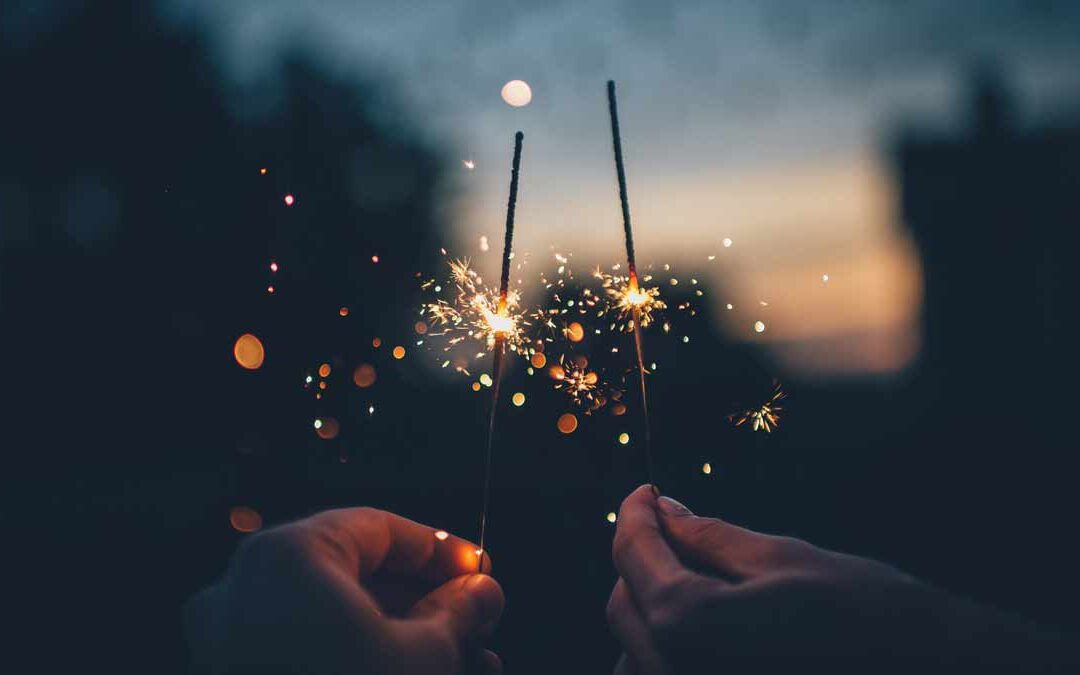
Recent Comments